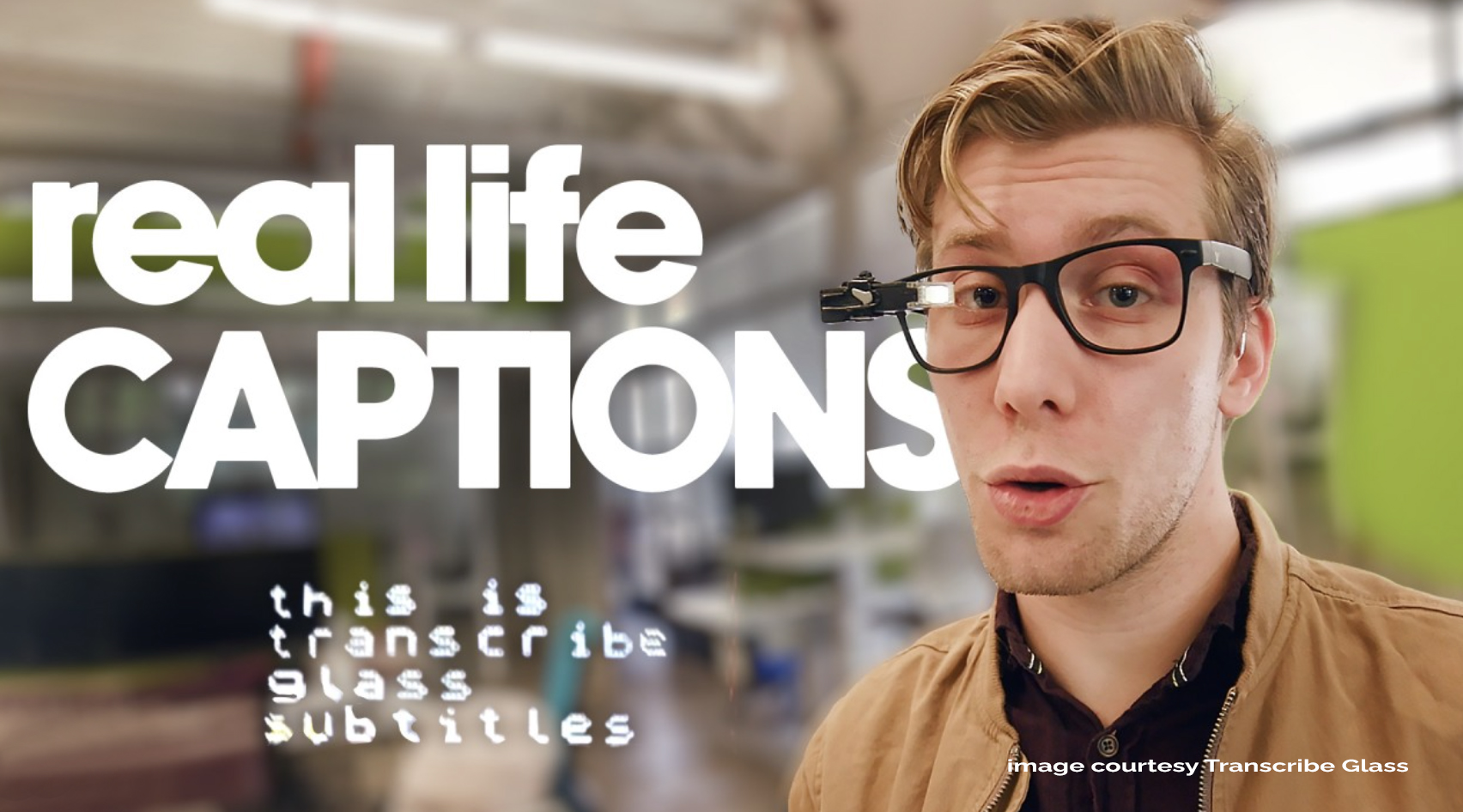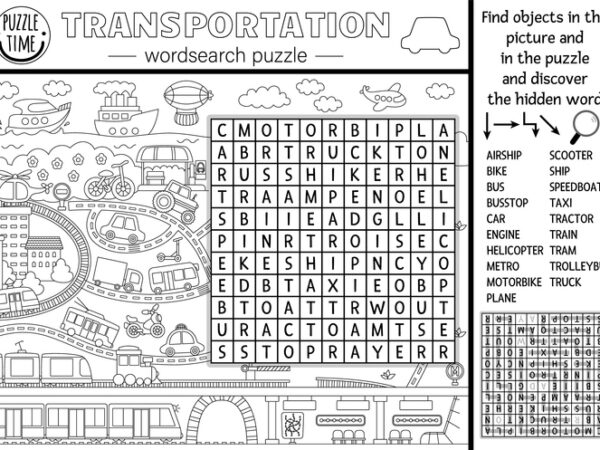People who are clinically hard of hearing, or who may miss some dialogue, often enjoy the availability of closed captioning for television and movies. A recent startup, imagined by Stanford and Yale graduates who have worked closely with assistive technology and joined forces, has developed a Beta version of an affordable AR (augmented reality) device that attaches to your classes to project real-time captions in front of your eyes.
According to a recent Stanford Daily Science and Technology News report TranscribeGlass, when paired with transcription software, will help people with hearing loss communicate better with a portable heads-up captioning device. Co-founder of the device, Tom Pritsky, M.S. ’23, is also the founder of Stanford’s Club for the Deaf and Hard of Hearing. Pritsky has had bilateral hearing loss since the age of three and uses hearing aids and lip reading to communicate.
The new tech startup has started manufacturing its first 150 preorders which it hopes to ship within the next month. The initial version of TranscribeGlass is being sold for $55 with the final product expected to be on the wider market for about $95. Users can choose between various external captioning services that provide live human captioning, automatic speech recognition, or caption files similar to those used in movie theatres. Using Bluetooth, the captions are delivered to the hardware which projects them in the user’s field of vision. The size and location of the text can be customized to the user’s preferences.
Hearing loss is not only frustrating for people who have difficulty following conversation, but can also lead to social isolation and a greater risk for cognitive decline among seniors. Although hearing aids have come a long way, many people find them difficult to use in crowded settings with lots of background noise. Hearing aids and cochlear implants can also be prohibitively costly, or require invasive surgery.
The new tech not only transcribes conversations for the user but places the text in a location where they can look at the speaker, rather than a phone, tablet or computer screen. This connection between speakers allows for greater understanding through the many non-verbal cues people use to communicate.
In addition to improving communication between individuals, the device can also provide essential emergency warnings and travel updates that the hard of hearing might otherwise miss. Annual hearing tests are recommended for all adults over the age of 60, whether or not they have symptoms of hearing loss. If you are between 18 and 64, follow this link to take a hearing assessment questionnaire to determine if you should have your hearing tested by a health professional.






Add Your Voice
0 Comments
Join the Discussion